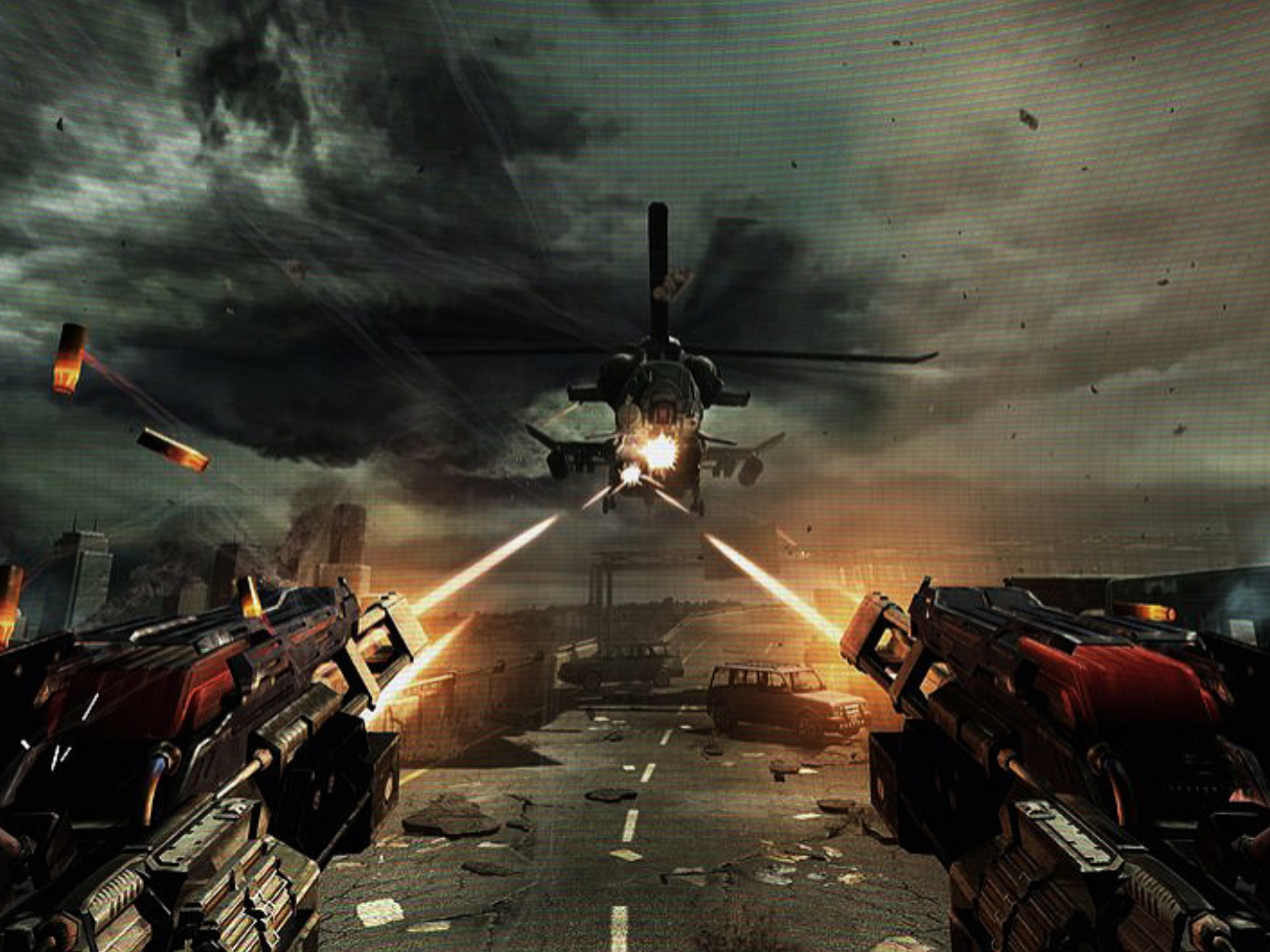Title: Beyond the Bucket: How the 'Load Missions' Update Transforms Wheel Loader Operator Simulator VR
The virtual reality landscape for simulation enthusiasts has just been leveled up. The latest update to the critically acclaimed Wheel Loader Operator Simulator VR, aptly named the "Load Missions" Update, is not merely a patch or a handful of new assets. It is a fundamental evolution, a comprehensive overhaul that shifts the experience from a sandbox of mechanical familiarity to a purposeful, career-driven test of skill and precision. This update addresses the core request from its dedicated community: "What do I do with this expertly simulated machine?" Now, the answer is clear: you work.
From Playground to Worksite: The Philosophy of Purpose
Prior to the Load Missions update, the simulator was a fantastic technical showcase. Operators could freely drive a beautifully recreated wheel loader around various environments, practicing basic maneuvers, getting a feel for the hydraulics, and enjoying the immersive VR cabin interactions. It was, in essence, a digital playground. While valuable for beginners, veteran operators and simulation veterans craved structured challenges—objectives that would test their proficiency under pressure and against measurable metrics.
This update bridges that gap perfectly. It introduces a mission-based structure that contextualizes every movement of the joysticks, every lift of the bucket, and every careful reverse. The virtual worksite is no longer a static backdrop; it is a dynamic stage with goals, consequences, and, most importantly, a paycheck.
Deconstructing the "Load Mission": A Multi-Tiered Challenge System
The "Load Missions" are not monolithic. The developers have crafted a diverse portfolio of objectives that cater to different skills and prevent monotony. The mission system is built on several key pillars:

1. The Core Loop: Loading and Logistics The heart of the update involves moving specific materials from Point A to Point B. However, the devil is in the details. Operators must now carefully approach piles of gravel, sand, or demolition rubble, execute a clean scoop without excessive spillage, and then transport the load to a designated target, often a dump truck or a conveyor hopper. The physics of the load are crucial; driving too recklessly will result in losing half your payload on the journey, costing you time and efficiency.
2. Varied Mission Types:
- Timed Challenges: These missions test pure speed and efficiency. The clock is ticking, and the goal is to move a certain number of tons within the time limit. This is where smooth operation and optimized routes become critical.
- Precision Challenges: Speed is irrelevant here. The objective is finesse. This might involve carefully stacking pallets in a tight warehouse, loading fragile materials without damage, or precisely filling a truck to a marked line without overfilling. These missions are a true test of an operator's gentle touch.
- Contractual Work: This mode adds a layer of economic simulation. You are given a job order with specific requirements and a promised fee. However, fuel consumption, potential damage to the loader, and wasted materials are deducted from your final payout. This introduces strategic decision-making: is it worth taking a risky shortcut that might save time but could lead to costly repairs?
3. Progressive Difficulty and Environmental Factors: Missions start simple in a controlled yard but gradually introduce the complexities of a real worksite. Later missions feature:
- Adverse Terrain: Muddy ground that affects traction, steep inclines that challenge the loader's power, and confined spaces that demand spatial awareness.
- Dynamic Weather: Rain can make surfaces slippery and reduce visibility through the cabin glass, while fog can obscure your view of the dumping target, forcing reliance on mirrors and camera systems.
- Site Hazards: Navigating around other AI-controlled vehicles, avoiding underground pipes marked by signage, and working on uneven surfaces all add to the realism and challenge.
The VR Advantage: Immersion is Key to Success
This update truly leverages its virtual reality foundation. The need for precision and situational awareness is exponentially higher in VR. Simply using a head-look function to check your rear-view mirrors becomes a vital habit. Leaning out of the virtual cabin to get a better view of your rear wheels as you reverse towards a dump truck is not just a cool feature—it's a necessary technique for completing a mission successfully. The 3D spatial audio allows you to hear the engine strain under a heavy load or the sound of gravel hitting the side of a truck, providing auditory feedback that is crucial for perfecting your technique.
Beyond the Mission: Rewards, Customization, and Replayability
The Load Missions update isn't just about completing tasks; it's about building a career. Successful mission completion earns in-game currency. This currency fuels a new layer of the game: operator customization and machine maintenance.
You can now purchase:
- New Liveries and Cabin Accessories: Personalize your loader to make it your own.
- Performance Upgrades: Invest in engine tweaks, improved hydraulic systems for faster lift times, or better tires for specific terrains.
- Maintenance Costs: Your loader now requires fuel and occasional repairs, making the economic aspect of the Contractual Work mode deeply impactful.
This progression system provides a compelling feedback loop. You work to earn money, to upgrade your machine, to take on harder contracts, to earn more money. It creates a tangible sense of growth and ownership.
Conclusion: A New Benchmark for VR Simulation
The "Load Missions" update for Wheel Loader Operator Simulator VR is a masterclass in how to expand a simulation game. It takes a solid technical foundation and builds a compelling, structured, and deeply engaging career mode on top of it. It answers the "why" without sacrificing the intricate "how." By introducing objectives, economic stakes, and a progression system, it transforms the experience from a tech demo into a fully-fledged, endlessly replayable simulation.
It sets a new benchmark, proving that true immersion isn't just about visual fidelity and accurate physics—it's about providing a context that makes those things matter. For anyone interested in heavy machinery, VR, or simulation games, this update elevates the title from a curious novelty to an essential experience.


















